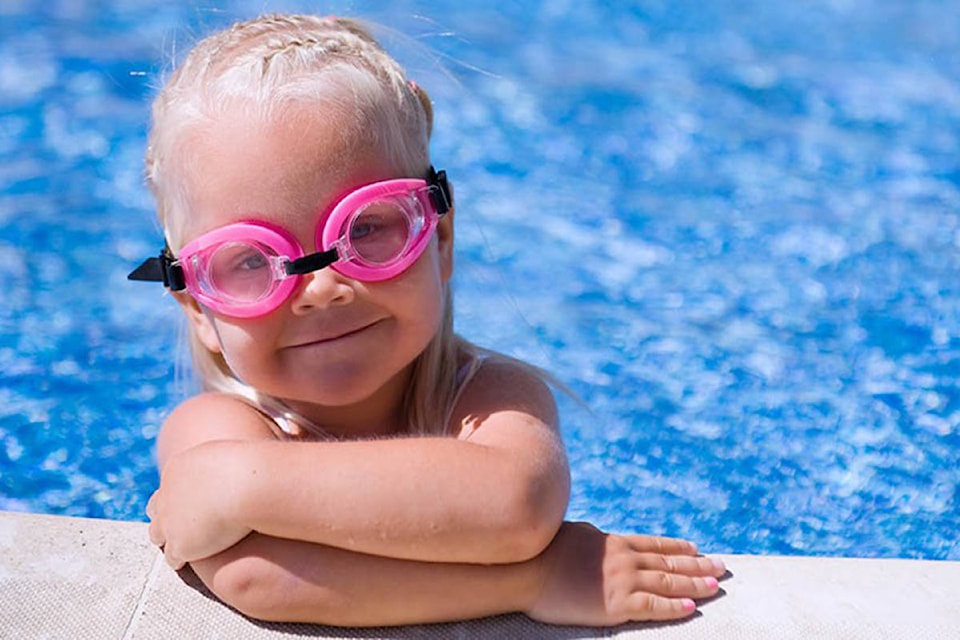Usually people stop for a minute, when they read about the sudden death of a child.
They might offer up a quick prayer, take a minute to imagine how awful it must be for the family. Depending on the circumstances they could simply be outraged.
Next they turn the page, or click on another headline, and move on.
And this is how drowning continues to be the number one cause of accidental death in British Columbia for children under the age of four. (Source: BC Injury Research and Prevention Unit.)
Last week a 23-month-old girl somehow managed to disappear from her daycare in Mission and drown in a neighbor’s backyard pool.
The yard was fenced, no one can explain how the unthinkable happened, and police continue to investigate.
Regardless of where the finger of blame eventually points, the tragedy casts a harsh spotlight on residential pool requirements across the province that mostly range from inadequate to non-existent.
Pool safety is a municipal responsibility, yet many communities have no bylaw that addresses the issue, and those that do often fall short of recommendations from safety experts.
In 2014 a BC Coroners Service Child Death Review Panel stated all residential pools should be enclosed by a four-sided fence, a minimum of four feet high, with a self closing and self latching gate.
At that time 61 local governments had pool safety bylaws, yet all of them permitted fencing on just three sides, with a fourth barrier created by an exterior wall.
You can drive a Little Tykes Coupe through the holes in those regulations – every backyard patio door or window is an access to open water.
It’s a sloppy standard that combines fatally with one of the most common contributing factors in child drownings – a lack of supervision or a distracted care giver.
Despite the fact the recommendations were forwarded to the Union of British Columbia Municipalities, few if any members chose to adopt them.
The Town of Princeton’s pool bylaw was written decades ago and requires a minimum four foot fence around a pool, or the property a pool is located on. It doesn’t come close to meeting the coroner’s recommendations and it badly needs a rewrite.
Between 2007 and 2013 the coroners office studied the drowning deaths of 35 children and youths – 17 per cent of the victims were less than four years old and they mostly died either in swimming pools or bathtubs. Fourteen per cent of children who drowned were between five and 14.
Other research reveals that for every toddler who dies from drowning there are six to 10 near-drowning cases that require hospitalization and 20 per cent of those babies sustain permanent brain damage.
A child drowning in a backyard pool is a foreseeable and preventable tragedy.
Each municipality has a role to play in protecting its children, and a share of the blame if it fails to legislate responsibly. - AD
